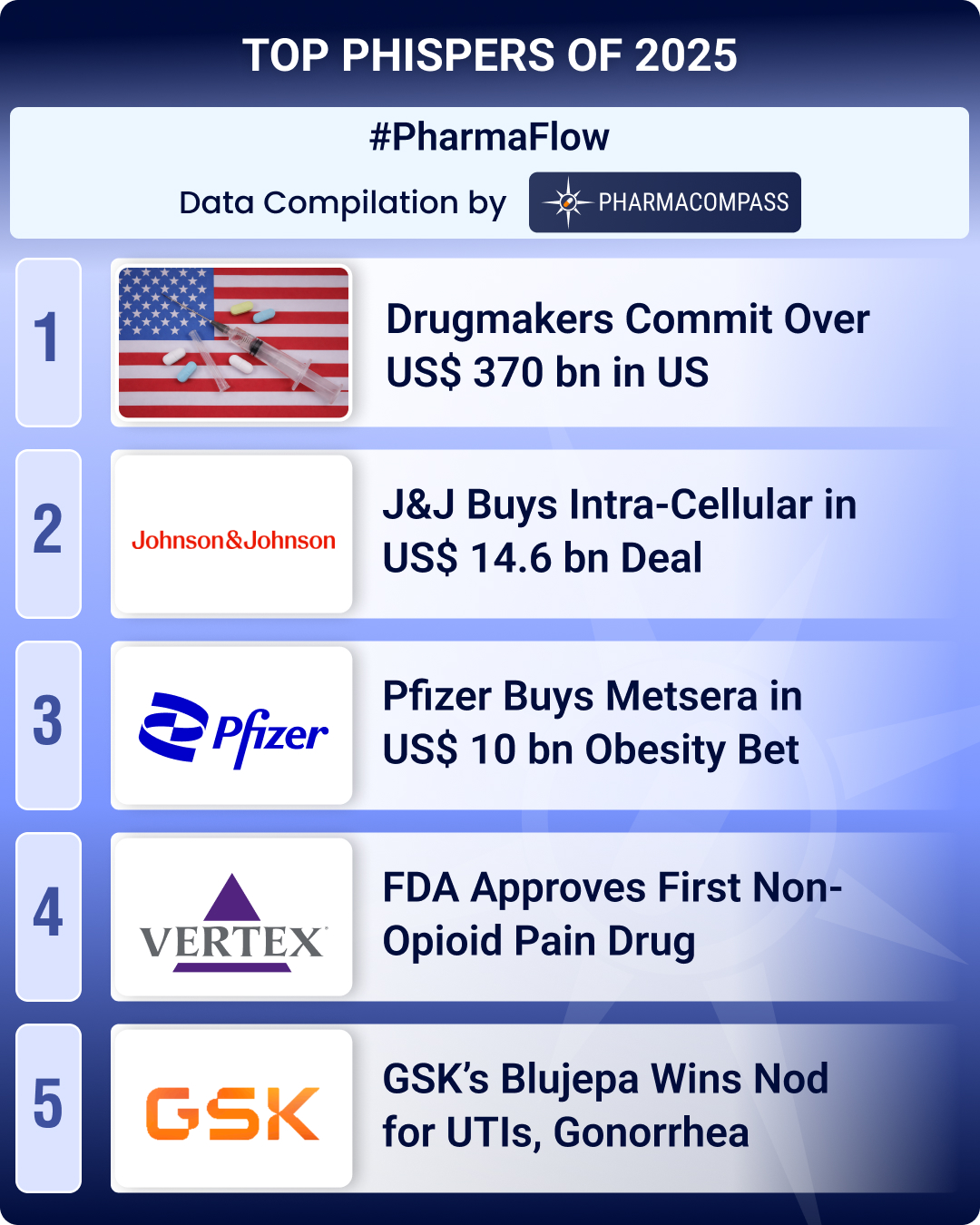
“To my knowledge, there's no detailed common understanding within the United States about what GMP compliance exactly means. In fact, the effectiveness of our inspection programs is unknown - even to me” said Dr. Janet Woodcock, Director, Center for Drug Evaluation and Research (CDER), USFDA, before adding: “There are not many written standards, and when they are written, they're high-level. As a result, they don't tell you whether your operations are going to make the grade or not.”
The venue of the above statement was the ISPE Executive Forum in 2013 // Pharmaceutical executives to gain manufacturing insights from top aerospace, automotive and other non-pharma industries.
Since Dr. Janet Woodcock’s 2013 quote, FDA inspections have continued though, interestingly, the number of inspections conducted by CDER reduced from 2264 in FY2013 to 1732 in FY2014.
While FDA inspections may have reduced, there has been a surge in warning letters issued to Indian companies.
The Deloitte Report (June 2015)
In view of the increasing non-compliance challenges in India, Deloitte Forensic; a global leader in audit, consulting and financial advisory; sent out a survey questionnaire to risk and compliance professionals, in August 2014 and compiled their findings into a report: ‘Managing growth through better compliance management’.
The report lists a series of concerns, ranging from shortage of skilled staff (64% respondents) to a lack of understanding of regulatory obligations at senior management levels (25%).
61% of the respondents also felt that there was a lack of internal controls and compliance processes to proactively manage and mitigate the risk of non-compliance.
In addition 55% thought that the action taken by regulatory bodies against fraudsters wasn’t strong enough and almost half (45%) believed that the lack of a zero tolerance approach was a key contributor to non-compliance.
Deloitte went further and provided a series of internal and external initiatives which organizations can undertake to build an effective and efficient compliance management system.
In view of the rising non-compliances; are there insights which can be gained from other industries?
A McKinsey report, published earlier in the year, mentions that pharmaceutical quality is not visible to customers and is in turn represented by compliance with regulatory inspections.
The same report ‘Mature Quality Systems: What Pharma Can Learn from Other Industries’ provides a few additional ideas which need to be considered as well:
- Pharmaceutical manufacturing is focused on compliance and documentation rather than problem solving, increasing process robustness and supporting production.
- Business leaders, site managers and quality personnel are well aware of quality concerns. However, their mind-sets tend to be highly risk-averse. Instead of creatively solving problems, they resist changes and rely on additional checking, oversight, and paperwork-based compliance.
- Processes do not scale well, leading to perennial yield issues and deviation-investigation workload.
- Pressure to launch products along with poor translation of processes from R&D to production, result in insufficient validation and verification. Inefficient processes combined with overly tight specifications, which are often not critical to product quality create even more losses.
- In a robust quality system, ‘leading indicators’ provide information which help users respond to changing circumstances and take action to either achieve desired outcomes or avoid unwanted outcomes. Unfortunately most of the quality metrics used in the pharmaceutical industry such as yields, deviations, rejects, rework etc. are all lagging indicators. There is a need for leading indicators to ensure problems are acted upon at the time they occur.
The two reports when put together, provide a lot of great ideas on how organizations can develop a pervasive quality mindset, which moves away from the ‘policeman’ approach of audits towards a culture of defect prevention.
Profitable business sustainability is essential for all organizations and it requires compliance with not only regulatory requirements but those of your customers as well.
Senior Management Guide on Understanding Regulatory Obligations:
In view of the two reports, we recommend business leaders read recently posted views by Barbara Unger, President of Unger Consulting and former Director, Corporate Quality Compliance at Amgen.
She suggests, that in order to formalize the quality responsibilities of the contract with customers, a well-defined quality agreement should be in place.
The agreement will necessarily be different when compared with commitments made to regulatory agencies. However, there are guidelines (read: Quality Agreements and Change Controls for Pharmaceuticals), which determine the content of the agreement.
Takeaway #1: Changes that are reported to partners in the Quality Agreement are generally broader than changes and events that are to be reported to regulatory authorities!
In addition, the understanding of what needs to be reported to regulatory agencies and how it will be classified is also critical to an organization’s decision making process.
Takeaway#2: Different regulatory agencies don’t necessarily classify the same change in the same way. Understanding the difference makes good business sense.
Our view:
Every organization strives to improve yields, increase process robustness, reduce deviations and enhance production throughput.
However, in the absence of an understanding of how the customer and regulatory landscape needs to be navigated, building a pervasive quality mindset, like the aerospace industry, will be always a challenge.
While airplanes run into their own technical problems, the frequency of severity seems significantly lower than what pharmaceutical manufacturing has started seeing of late.
Learning that a quality system is about continuous improvement and not only defect identification is a good place to start!
The PharmaCompass Newsletter – Sign Up, Stay Ahead
Feedback, help us to improve. Click here
Image Credit : Heartbreak Hotel by Pierre Pocs Photography is licensed under CC BY 2.0
“ The article is based on the information available in public and which the author believes to be true. The author is not disseminating any information, which the author believes or knows, is confidential or in conflict with the privacy of any person. The views expressed or information supplied through this article is mere opinion and observation of the author. The author does not intend to defame, insult or, cause loss or damage to anyone, in any manner, through this article.”





